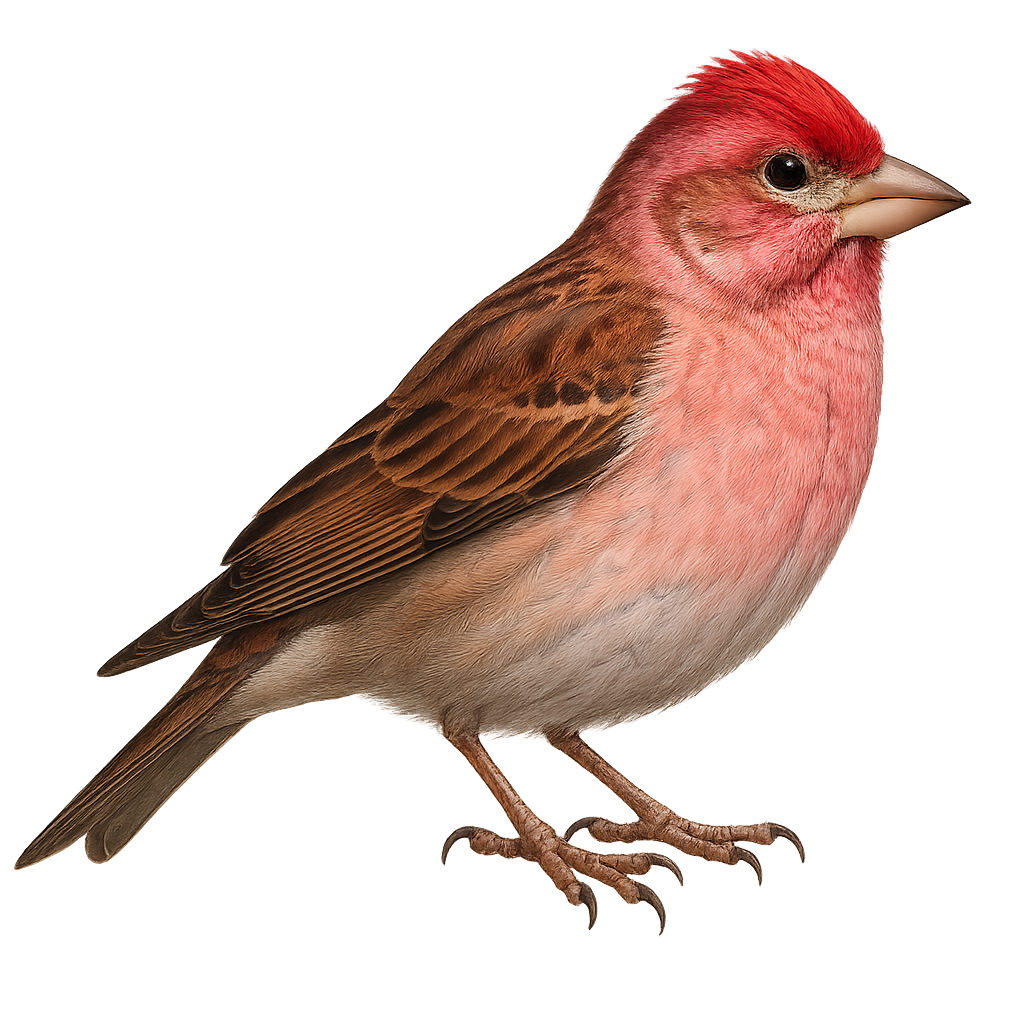Your wildlife photography guide.
Explore the cassin's finch in detail, study its behavior, prepare your shots.
Where to observe and photograph the cassin's finch in the wild
Learn where and when to spot the cassin's finch in the wild, how to identify the species based on distinctive features, and what natural environments it inhabits. The WildlifePhotographer app offers tailored photography tips that reflect the cassin's finch’s behavior, helping you capture better wildlife images. Explore the full species profile for key information including description, habitat, active periods, and approach techniques.
Cassin's Finch
Scientific name: Haemorhous cassinii

IUCN Status: Least Concern
Family: FRINGILLIDAE
Group: Birds
Sensitivity to human approach: Suspicious
Minimum approach distance: 10 m
Courtship display: March to May
Incubation: 12-14 jours
Hatchings: April to June
Habitat:
Coniferous forests, mountains, shrublands
Activity period :
Primarily active during the day, with peak activity in the morning and late afternoon.
Identification and description:
The Cassin's Finch is a medium-sized songbird belonging to the Fringillidae family. It is primarily found in the coniferous forests of western North America, especially in the Rocky Mountains. Males display a rosy hue on their head, chest, and rump, while females and juveniles are duller with brownish patterns. This finch primarily feeds on seeds, buds, and small fruits. It is often seen in small flocks, especially outside the breeding season. Its melodious and varied song is a distinctive feature of its behavior, used to attract mates and mark territory.
Recommended lens:
400mm – adjust based on distance, desired framing (portrait or habitat), and approach conditions.
Photography tips:
To photograph the Cassin's Finch, focus on coniferous forests where it is most commonly seen. Use a telephoto lens of 400mm or more to capture detailed images without disturbing the bird. Be patient and discreet, as this bird is suspicious. The best opportunities often arise early in the morning or late afternoon when the light is soft and bird activity is at its peak. Listen for its distinctive song to locate individuals and adjust your position accordingly.
The WildlifePhotographer App is coming soon!
Be the first to explore the best nature spots, track rutting seasons, log your observations, and observe more wildlife.
Already 1 439 wildlife lovers subscribed worldwide

